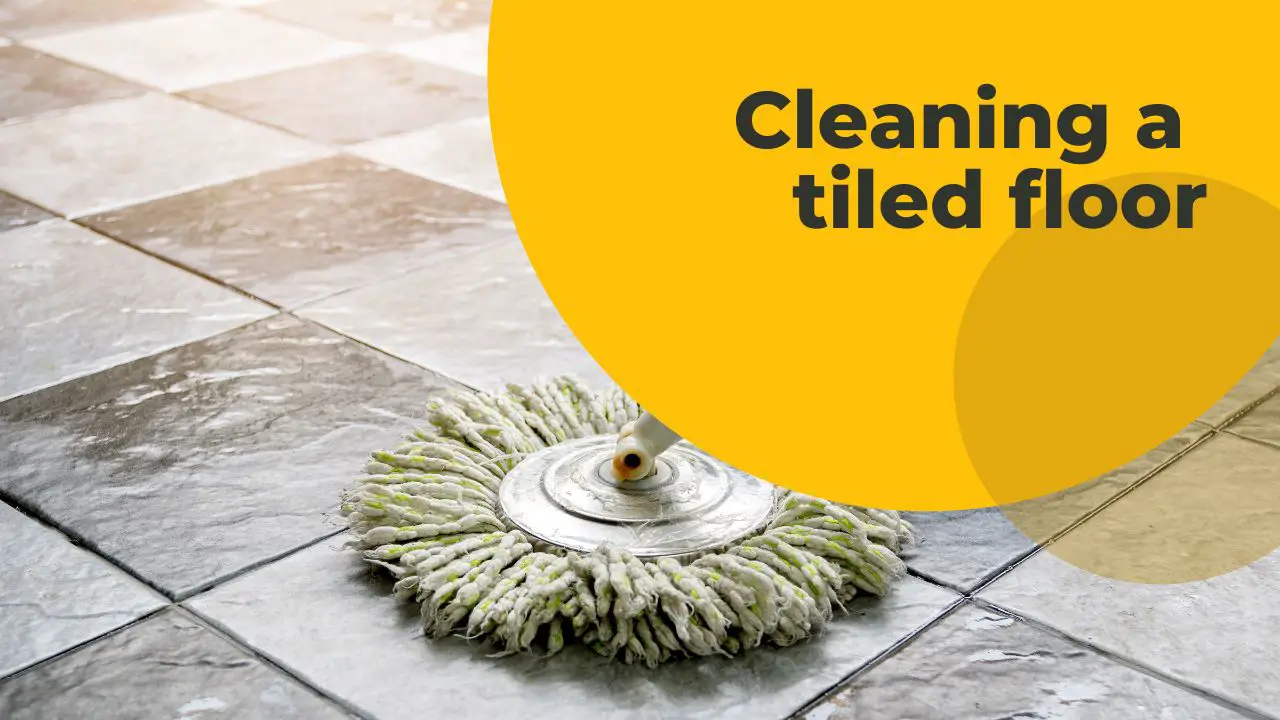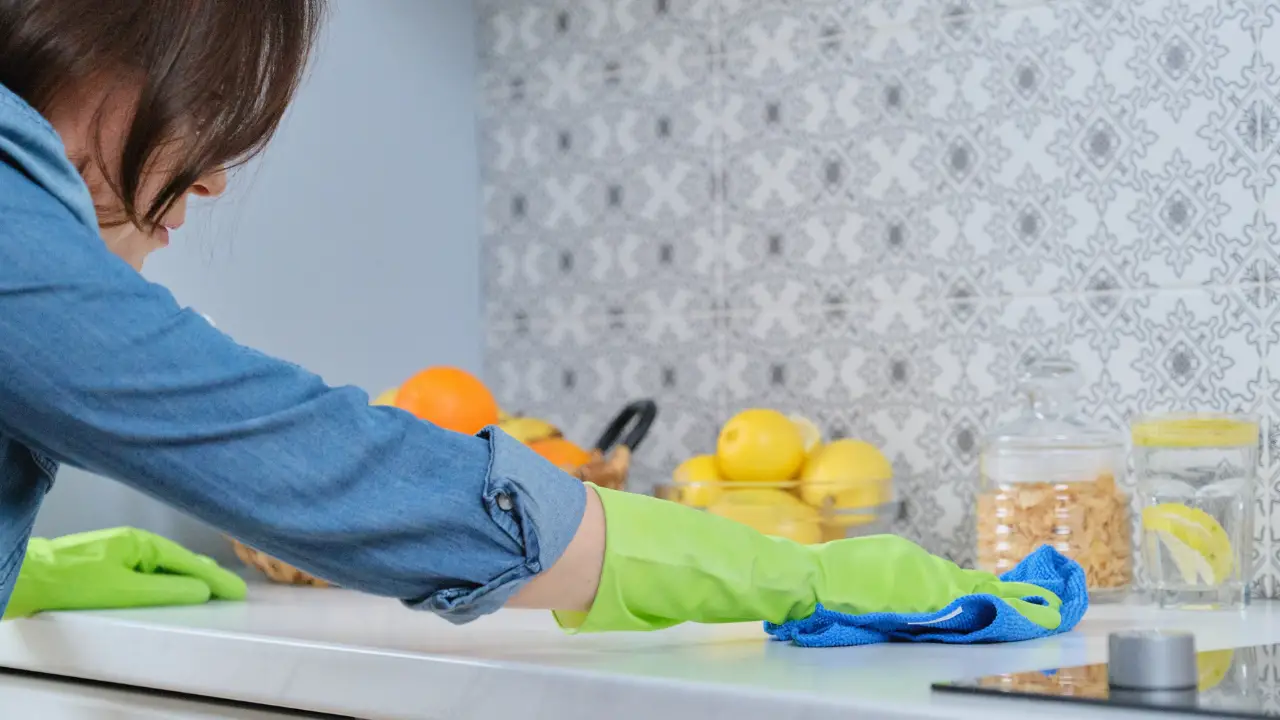If you look after your lovely tiling floor properly, it will last you a lifetime. Unlike some other types of flooring, such as wood, tiled floors are relatively low maintenance. How dirty they get depends on where in your home they are located.
For instance. If the entrance to your home has a tiled floor, it’s going to attract more dirt and grime than floors of the same type in, say, the bedroom or bathroom, as they are used more frequently. Where they are located will also determine how often they need to be cleaned.
Realistically, it would be best if you were cleaning your tiling floor twice weekly. Dust particles and debris off shoes can quickly accumulate during the week. Not only will your floor look dirty and untidy, but the color of your tiles may appear dull and faded.
Both wet and dry cleaning or a combination of both are used to clean tiled floors. You will need to avoid any abrasive cleaning products as they are liable to damage the tile’s surface and ruin their elegant charm.
Table of Contents
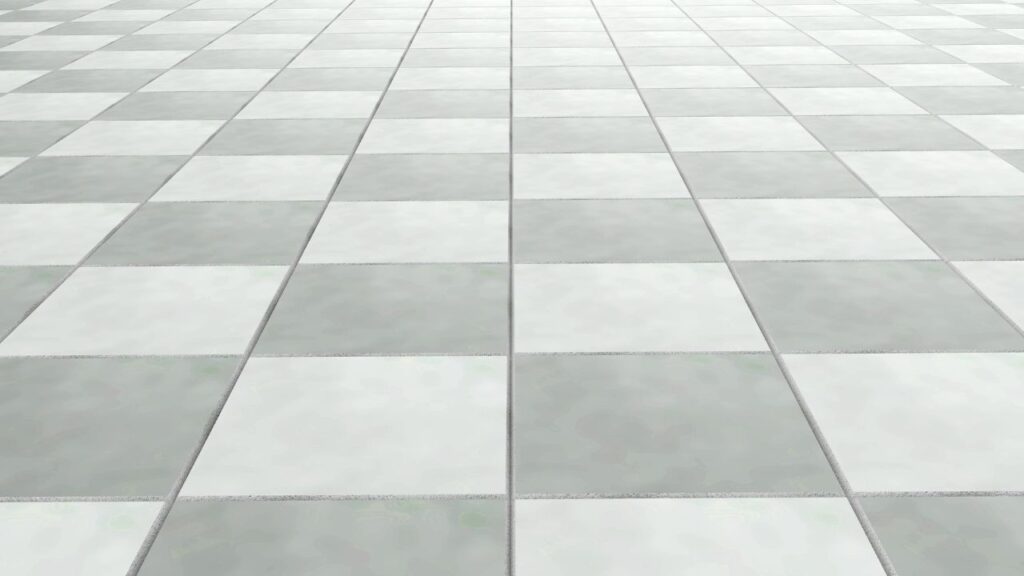
What Tools and Materials Will I Need?
Vacuum Cleaner
Before using any liquid solutions on your floor, you will first need to clean up any dirt or dust resting on them. A simple dustpan and brush can be used to carry out the task, or if you’re in a hurry, you can use a vacuum cleaner.
Be careful when using some vacuum cleaners as you could easily scratch the tiles. So gently as you go. You can remove the main attachment from the hoover and replace it with ones specifically used for getting into hard-to-reach places when you come to clean corners and edges.
Mop, Steam or Regular?
Mops come in all shapes and sizes and are constructed from many different materials. Some are more suited than others when attempting to clean tiled flooring. You can use either steam or a regular mop.
Steam mops will result in a deeper clean and are also a lot quicker. Another added benefit of the steam mop is it will also sanitize your floor as it cleans.
If you don’t own a steam mop or prefer to use a regular one, you’ll need one suited to your specific type of flooring. Avoid sponge mops as they will only push the dirty water into the grout lines, making it much more difficult to clean later.
The two best types of regular mops to use on tiled floors are chamois mops and microfiber ones. Chamois mops are super absorbent, and their extra-wide strips make light work of washing and drying floor tiles.
Microfiber mops are more suited to drying tiled floors. They are ideal for eliminating the risk of streaks which can sometimes occur when using other drying methods. These types of mops are also best suited to tiles with glossy finishes.
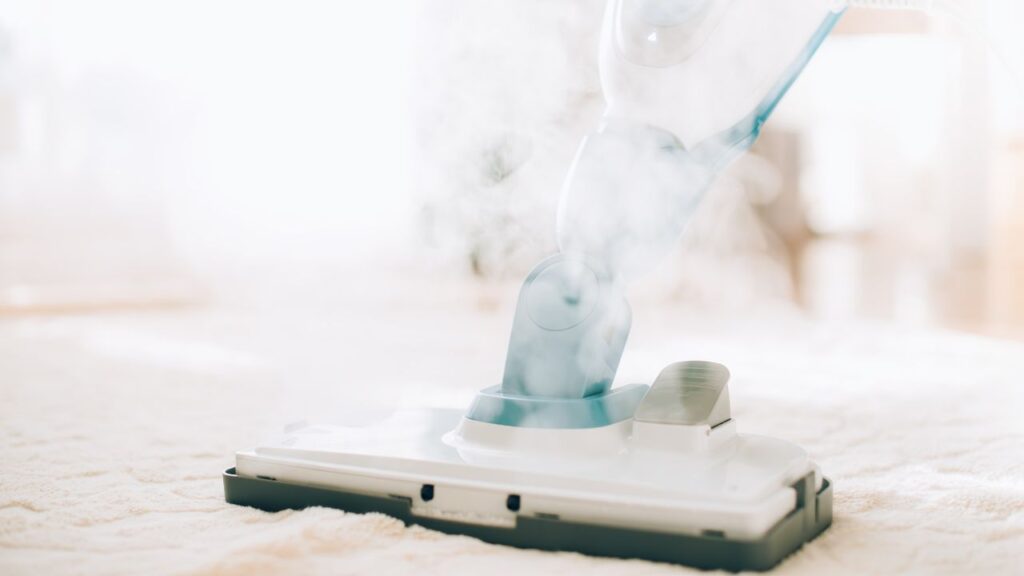
Other Items and Cleaning Solutions
Other items you’ll need include a grout brush. These brushes are specially made, so they get right between the tiles. You’ll also need a cloth and rag if you decide to clean in the old-fashioned way of getting on your hands and knees.
You will also require a bucket. The cleaning solutions that you’ll use will be determined by what your tiles are made of. You will, of course, also require water.
Cleaning Ceramic and Porcelain Tiled Floors
These low-maintenance, highly durable tiles can be washed with almost any cleaner, all-purpose, or otherwise. As these types of tiles don’t easily lose their shine, it’s safe to use a solution containing white vinegar. If making your own vinegar solution, mix it with five parts water to one part vinegar.
Before beginning with your solution, you’ll need to ensure your floor is clear of any debris or dirt. You can use a dustpan and brush or hoover to pick up the main particles. To get into those hard-to-reach places to clear up any dust or hair, you can use your microfiber mop.
Depending on which cleaning method you use, either upright or on your hands and knees, either soak your rag or chamois mop with your cleaning solution. Squeeze it out to expel any excess water, so it’s damp rather than soaking wet. Of course, the other option is to use a steam mop.

Begin running your mop over the floor in such a way that you cover the entirety of the floor without missing any. You can achieve this by cleaning in a pattern rather than using random mop strokes. If you’re using a regular mop or rag, ensure you regularly change the water to avoid leaving a murky film of grime on otherwise clean tiles.
Immediately after mopping, dry your floor either by using a cloth or your microfiber mop. Drying the floor straight away will lower the risk of water spots or streaks forming later.
There is no need to clean the grout in your tiles each time you mop your floors. You only need to do it every two or three months. You can buy cleaning materials specifically made for washing grout. Or you can use a bleach solution.
Spray your chosen solution onto the grout and leave for a few minutes before rinsing it off. You can use your special grout brush to remove any stubborn stains.
If some of the more stubborn stains still refuse to budge, you can use a combination of baking soda and water to bring your grout back to life. Mix the water and baking soda to form a paste, place it over the grout, and leave overnight. In the morning, use your grout brush to reveal clean white lines between your sparkling floor tiles.
Cleaning Marble and Natural Stone Tiled Floors
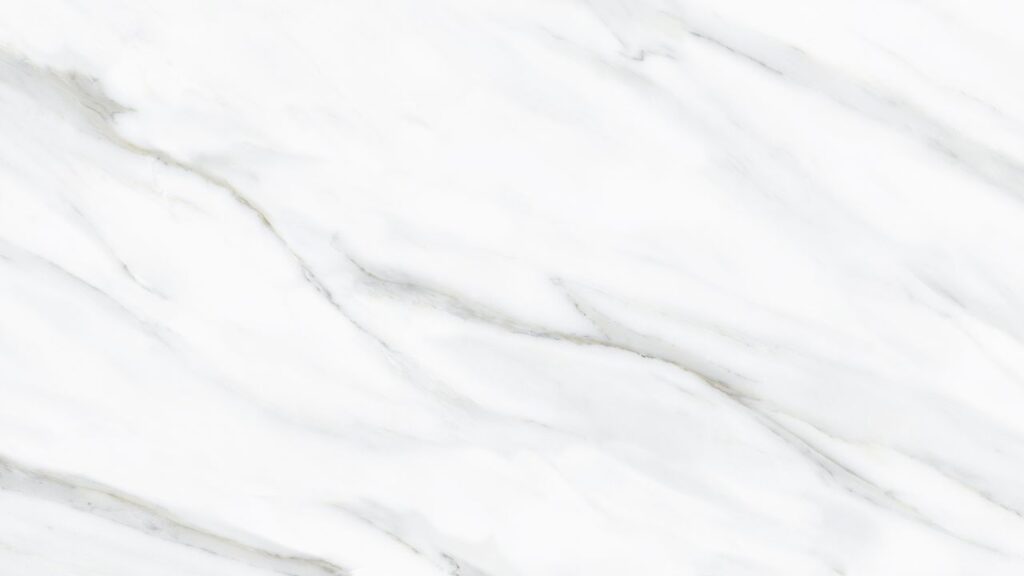
Some slight differences and do’s and don’ts when attempting to clean these types of floors compared to the ceramic and porcelain varieties. Firstly, ensure the brush you use to clear up any debris has soft bristles. These types of tiled floors can easily scratch.
The types of cleaning solutions also differ. Avoid any acidic cleaning chemicals. Slate and marble are unable to handle anything acidic. So steer clear of any cleaners that contain vinegar.
If your floor tiles are made from granite, they will require a mild and Ph-neutral solution. This is to avoid any discoloration during the cleaning process.

